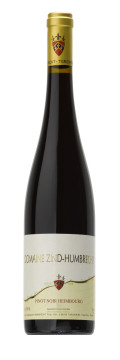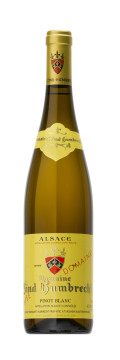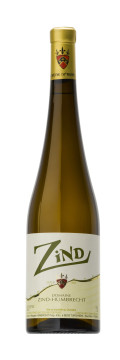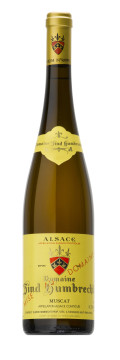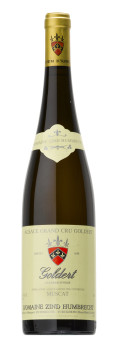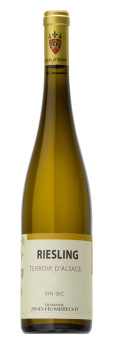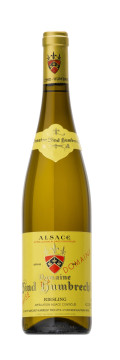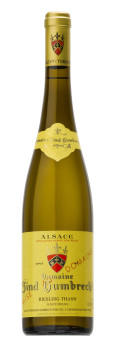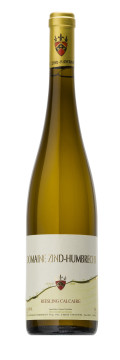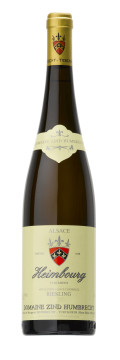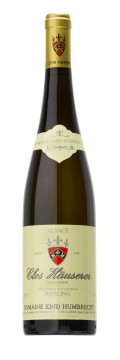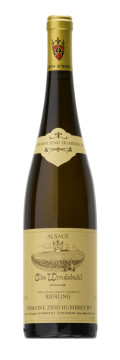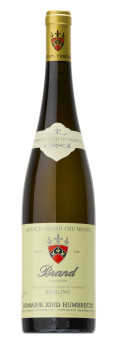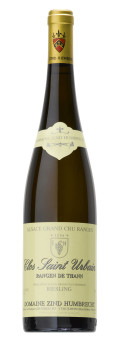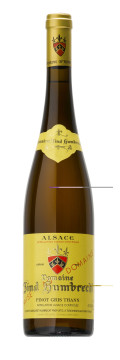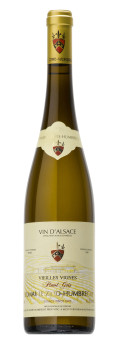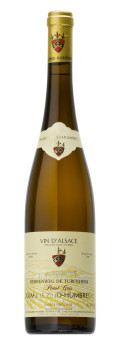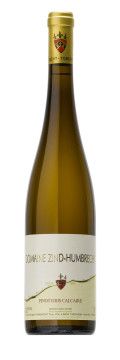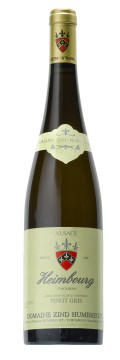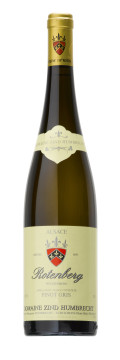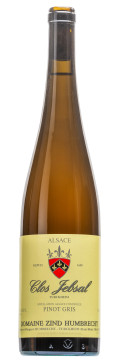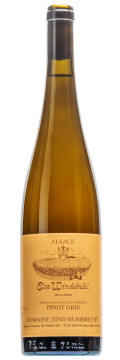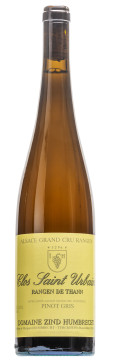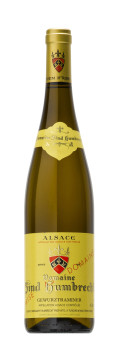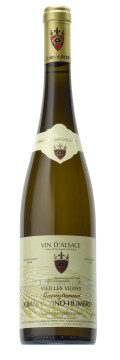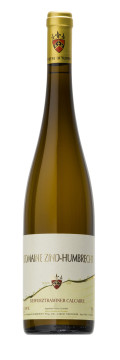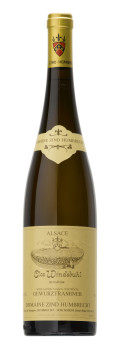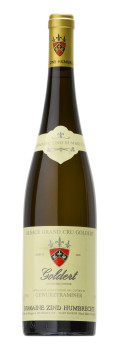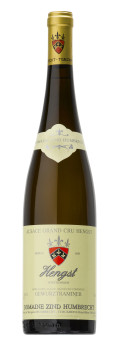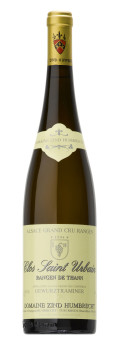Vintage 2013
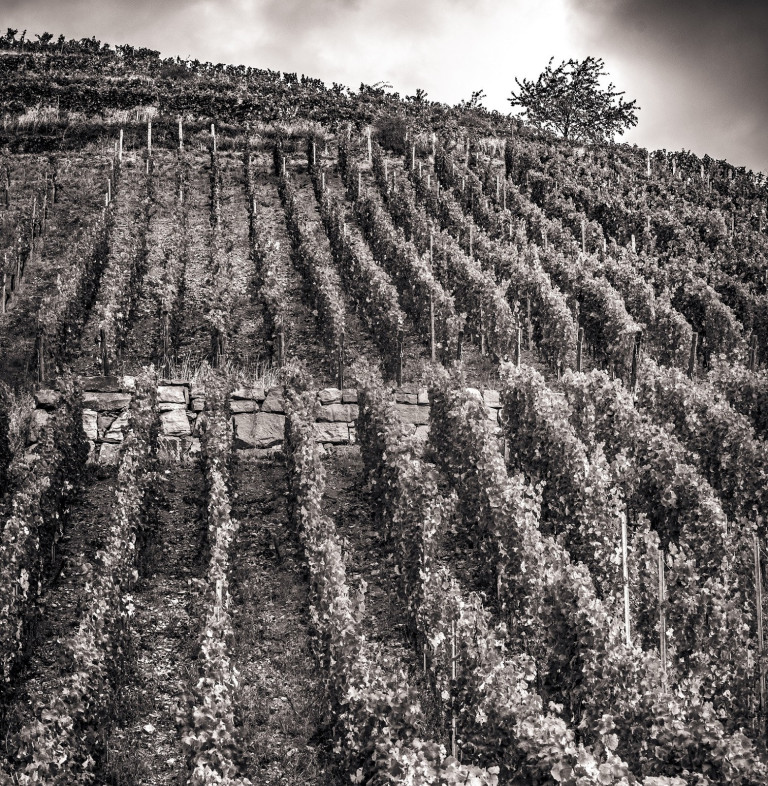
Description of the vintage
The vintage 2013 is characterized by a succession of very dry and very wet periods. November is a month where we usually appreciate drier weather conditions, which allow us to plough our vineyards and add compost without problems. However, at the end of 2012, we were not lucky as we had big rainfalls! Fortunately the relatively early end of harvest in 2012 permitted us to start these autumnal tasks earlier and allowed the vines to build up their reserves before the frost and snow instated an early dormancy in the beginning of November 2012. January 2013 confirmed its status as the driest month of the year (a consequence of our semi-continental climate).
A late winter pushed back bud-break to the end of April, making it one of the latest seen in recent vintages. A mediocre month of May also delayed the flowering to the second half of June. Certain later ripening areas in Alsace only finished flowering in early July. July saw the return of very warm and dry weather, which eventually led to the vines partially compensating for some of the delay caused by the late flowering. With the continuation of this warm weather into early August, some hydric stress could be seen on certain valley floor vineyards (sandy/gravelly soils).
An important hailstorm, in Turckheim and parts of Wintzenheim, reduced anything from 10 to 40% of the potential crop on August 6th. Luckily, the very dry weather that followed this hailstorm helped to prevent the development of fungal diseases. The late flowering, lack of water and the stress caused by the hail delayed the change of colour (véraison) in the Herrenweg vineyard. We are fortunate that the hillsides of Turckheim (Brand, Clos Jebsal and Heimbourg) were considerably less affected.
With the exception of a big rainfall early September, which was actually much needed by the vines, the period up to the start of the harvest was very pleasant. Just like 2012, the sugar content in the grapes in 2013 increased very slowly. The acidity levels were very high, similar to 2010, and the pH levels quite low. The grapes stayed very healthy in September.
The official start of the harvest in Alsace was declared September 30th for all the varieties except for Riesling and Gewurztraminer (October 7th). We started earlier (on September 26th) as we felt that our grapes showed perfect physiological ripeness and had already attained enough potential alcohol. Unfortunately, a big rainfall on October 5th changed everything. We were able to harvest all our valley floor vineyards before the storm, because they do not have the same potential to resist heavy rains. From this moment, the climate was quite difficult, with dry sunny spells alternating with rainfalls every 3 or 4 days. Luckily, the temperatures dropped drastically (4°C on Saturday 12th October!) which helped to slow down the development of botrytis, however it did not help with the increasing the sugar ripeness.
The quality of the vineyard (exposition, slope, soil type) and viticulture (anything helping drainage, grass, lower yields…) made a big difference in achieving maturity earlier, thus not obliging the wine-grower to wait too long to harvest the grapes. Around October 15th the grapes started to split, but the botrytis didn’t develop significantly. However, here we realized that it was time to finish the harvest. Some southerly winds helped to dry the grapes but achieving top late harvest potential ripeness was difficult.
The earlier harvested grapes fermented quite quickly, but due to the climate and very high acidities most of the wines took a year to complete fermentation, especially the Rieslings. Most of our wines are dry to very dry (influence of the racy acidity) and very few keep significant residual sweetness, even amongst the richer varieties like Gewurztraminer. The musts running from the press showed beautiful freshness and were quite aromatic. The wines are elegant and racy, without any trace of a botrytis character. The crop will be very small: 33hl/ha on average on the estate (22hl/ha in Grand Cru vineyards, 26hl/ha for the single vineyards) which also explain the complexity of the 2013 vintage wines.
